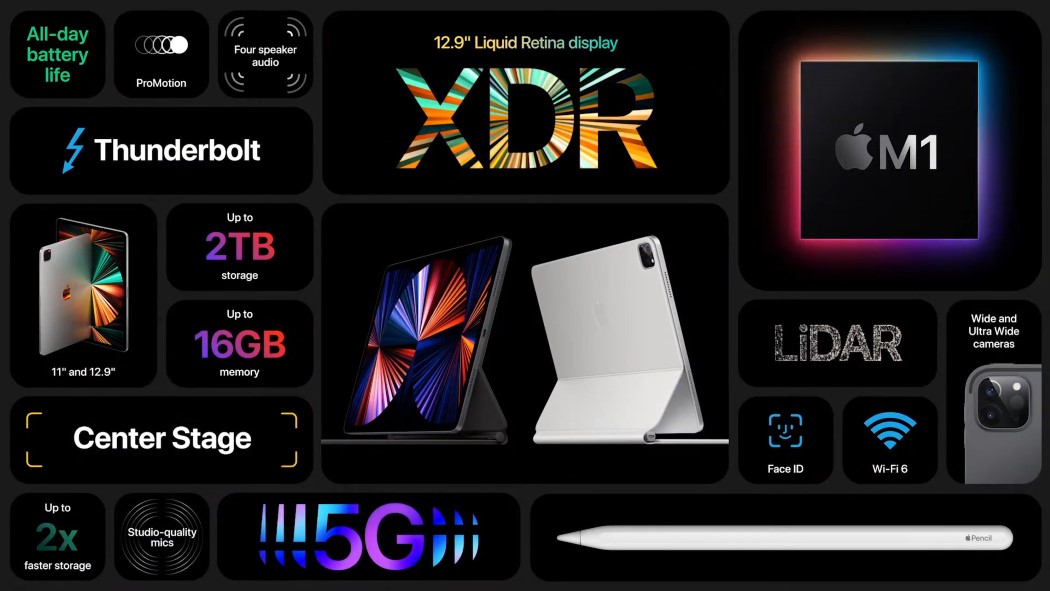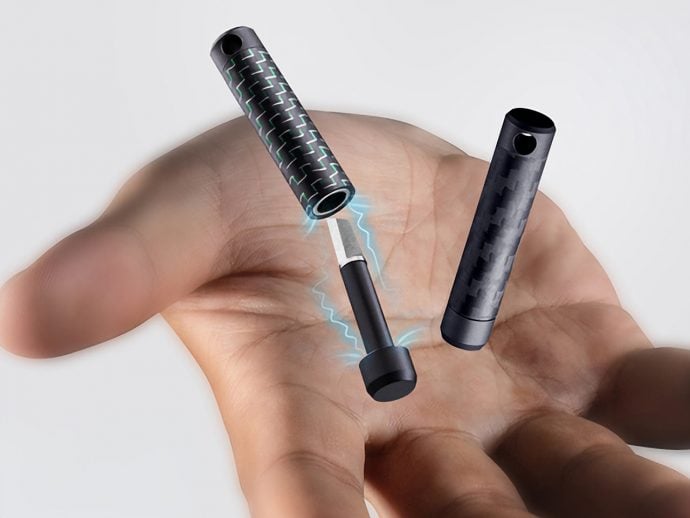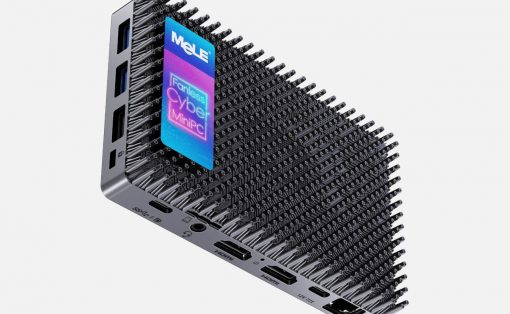It’s funny how there’s absolutely no argument when it comes to comparing tablet PCs. Sure, with laptops, desktops, phones, and even smartwatches, there’s a healthy competition between rival companies and a spirit of one-upmanship that helps products get better with time… but in a strange way, that doesn’t exist in the tablet market at all, because there’s clearly only one superior tablet, and its only real competition at this point of time, is itself.
Every year, Apple is tasked with the difficult job of making better versions of its cutting-edge products. With the iPad, it feels like a pointless endeavor after a certain moment, because as iPads get better and better, their older versions don’t get worse… they just stay good (because even after 2-3 years, they don’t really have any serious market competition). Now, with the M1 chip finally making its debut in the iPad Pro, the iPad is easily the most powerful tablet in the world. Some would say it’s even more powerful than most laptops.
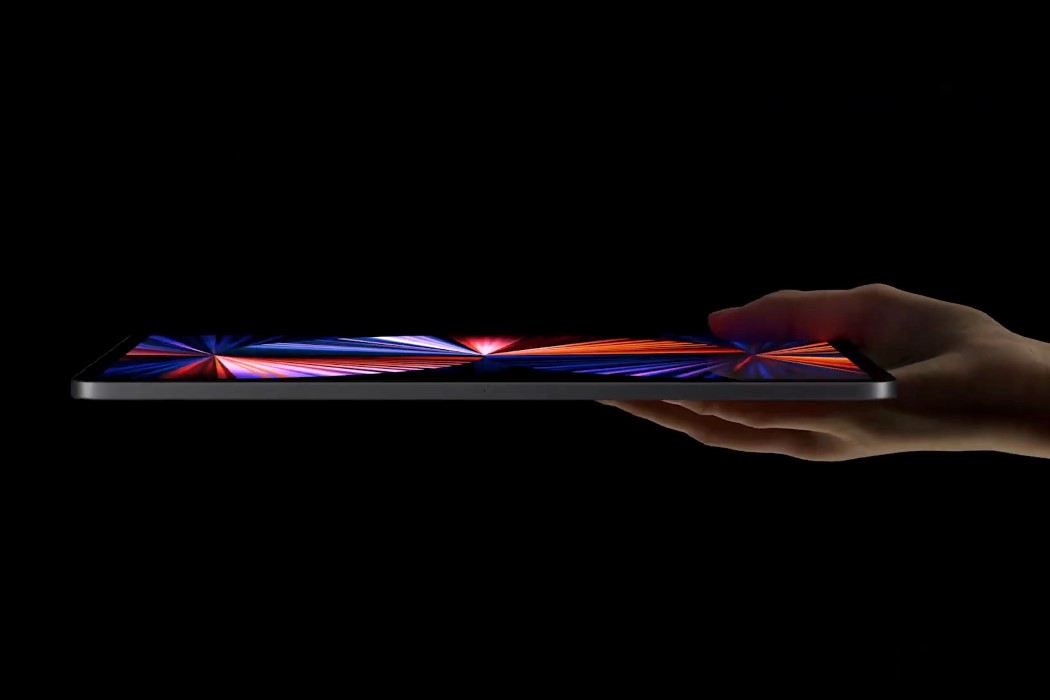
Nothing much changes on the form front. The iPad Pro’s design is in a place where it doesn’t need to refine its exterior design. Apple’s team calls it a magical piece of glass, because that’s what holding it in your hand feels like. It’s ridiculously slim, has an absolutely incredible screen, capable cameras, and now even sports a Thunderbolt-ready USB 4.0 port. It has magnets that let it snap to a keyboard case, has a LiDAR sensor for 3D scanning, an Apple Pencil for sketching, designing, and note-keeping. The most logical next step was to bring Apple’s silicon architecture to its internals…
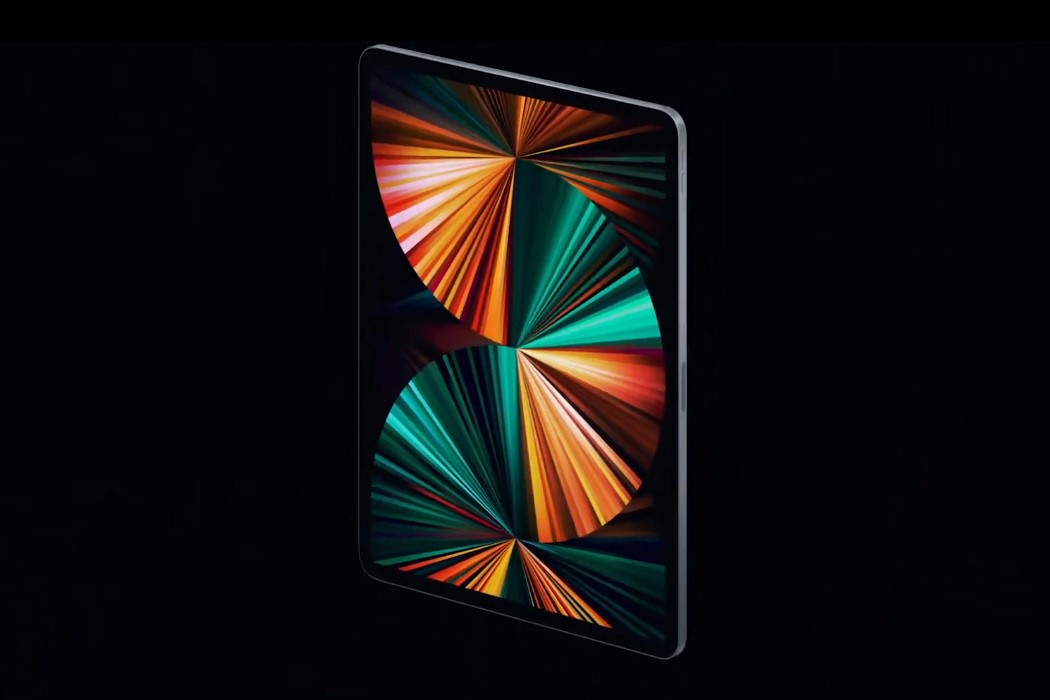
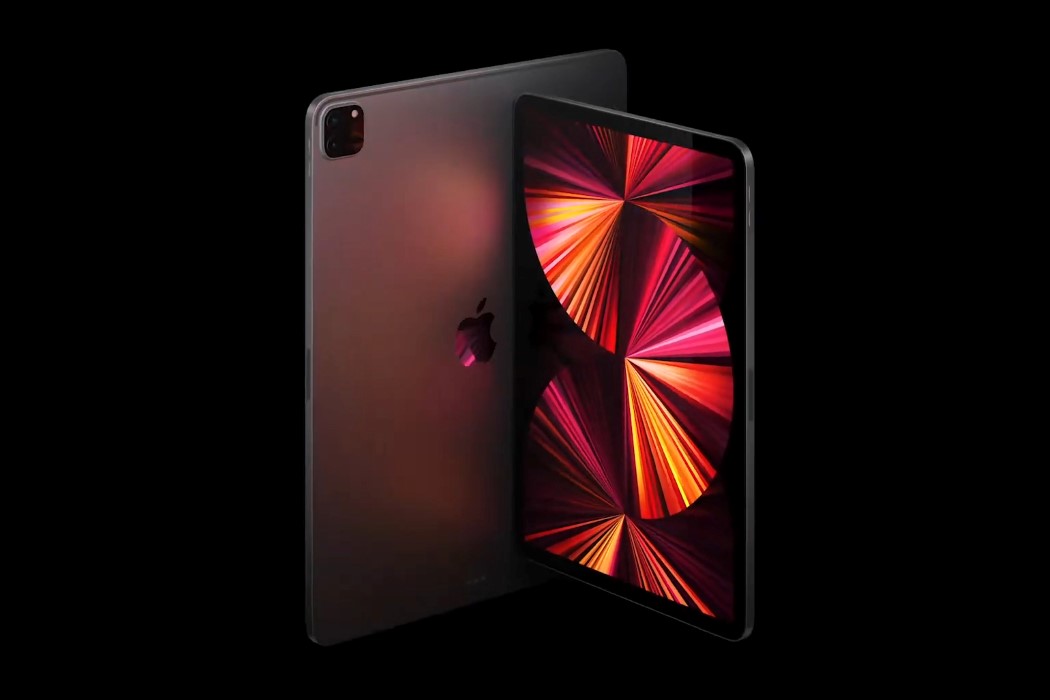
Continuing its tradition, the iPad Pro comes in two sizes. However, just like the larger iPhone 12 Pro Max has a measurably better screen and camera system than the 12 Pro, the larger iPad Pro comes equipped with a screen that’s much better… XDR-level better. The 12.9-inch iPad Pro comes with a Liquid Retina XDR display that’s comparable to the Pro XDR display that Apple debuted with their ‘cheesegrater’ Mac. It sports a dizzying 5.6 million pixels with 1600 nits of peak brightness, a mind-numbing 1,000,000:1 contrast ratio, and extreme dynamic range. That allows your pro-level workflow to seamlessly be carried from your desktop to your iPad with no perceivable loss in quality as you view it on the screen… and if you think your iPad can’t handle that workflow, that’s where the M1 comes in.
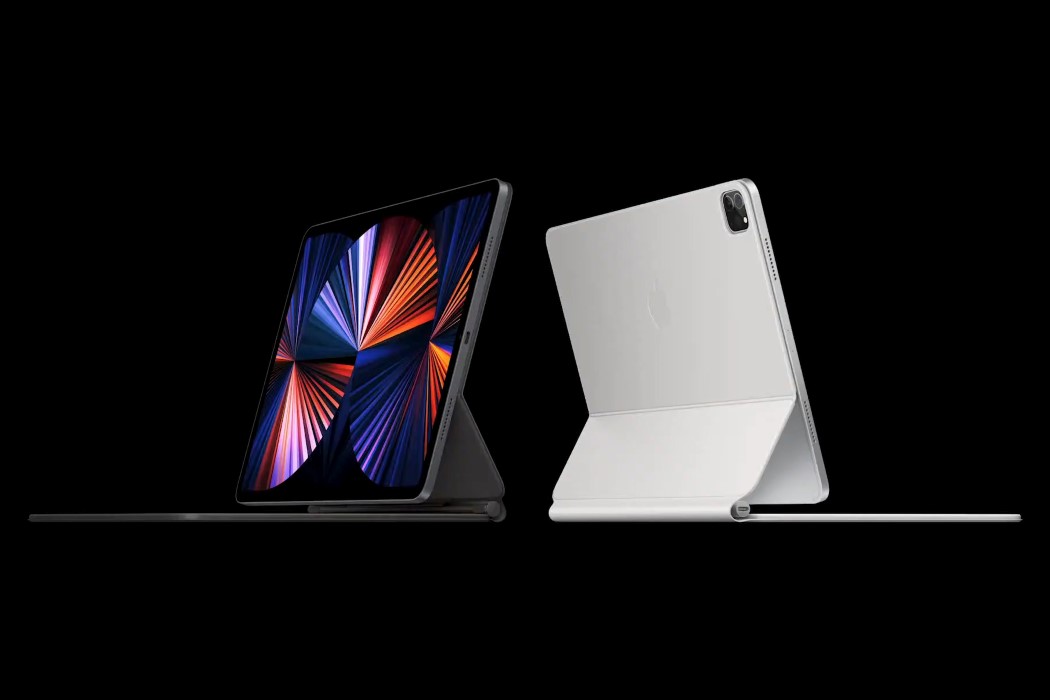
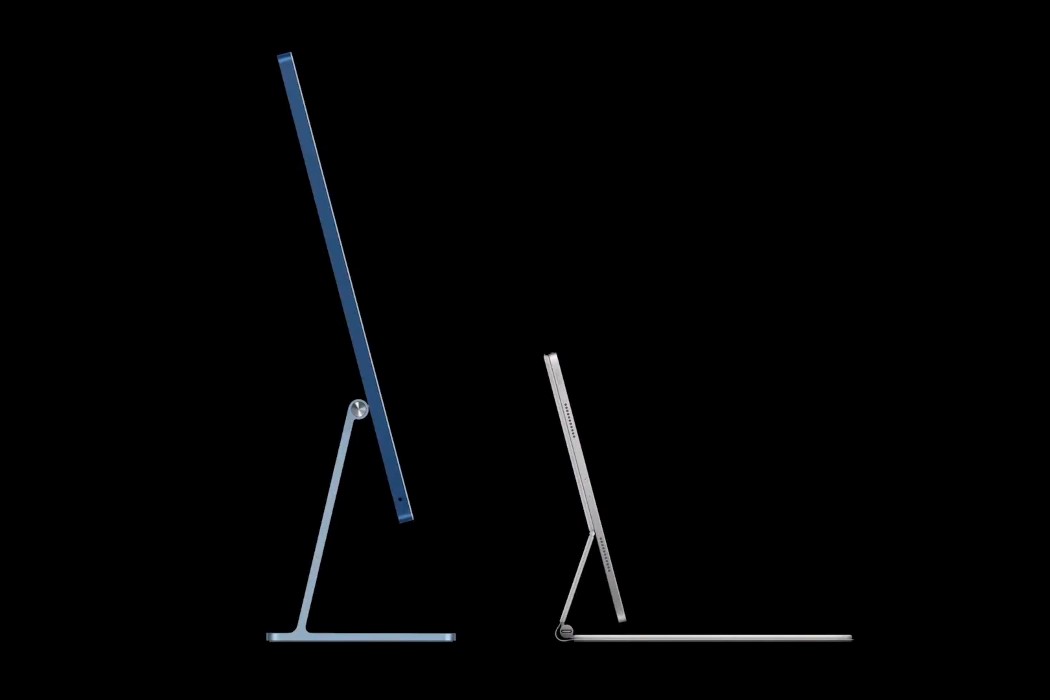
The M1 really unleashes the tablet’s potential, giving it incredible storage, transfer, and read/write abilities… or as Apple calls it, the most powerful chip on an iPad. The M1, apart from being a productive beast, also allows the iPad to have 5G capabilities, and even up to 2 Terabytes of storage… let’s see Microsoft’s Surface match that!
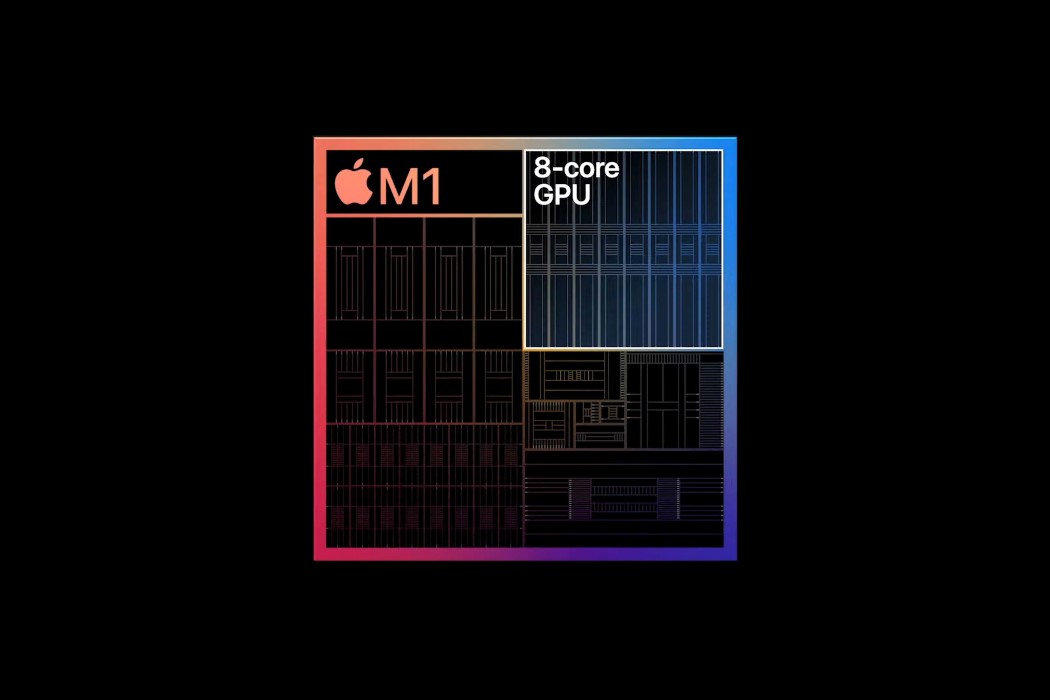
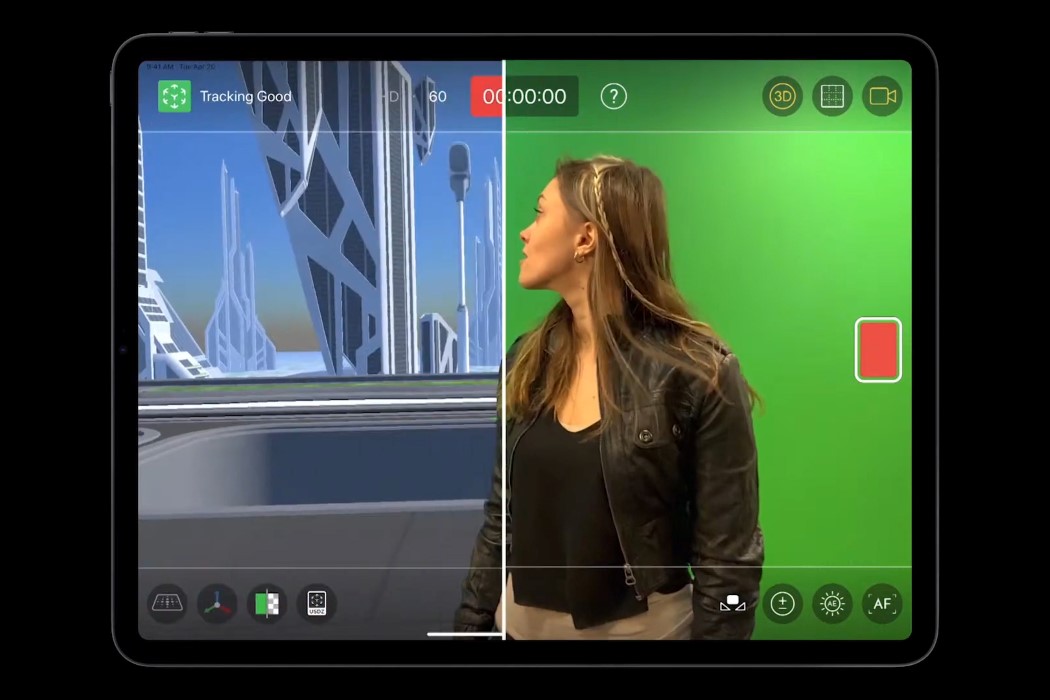
The M1 significantly empowers your workflow, allowing you to work on CPU or GPU-intensive tasks with absolute ease, and even letting you work with incredibly heavy files and run processes like video editing, green-screen, and the kind of work you’d normally do on a laptop. Plug your keyboard case in and the iPad even becomes a makeshift laptop.
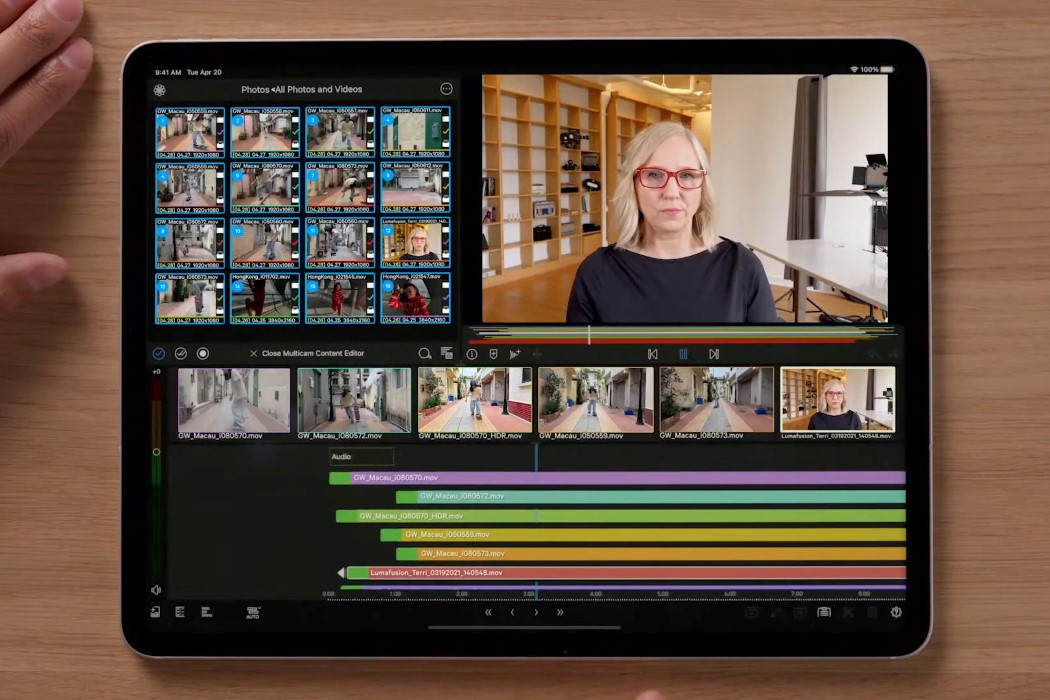
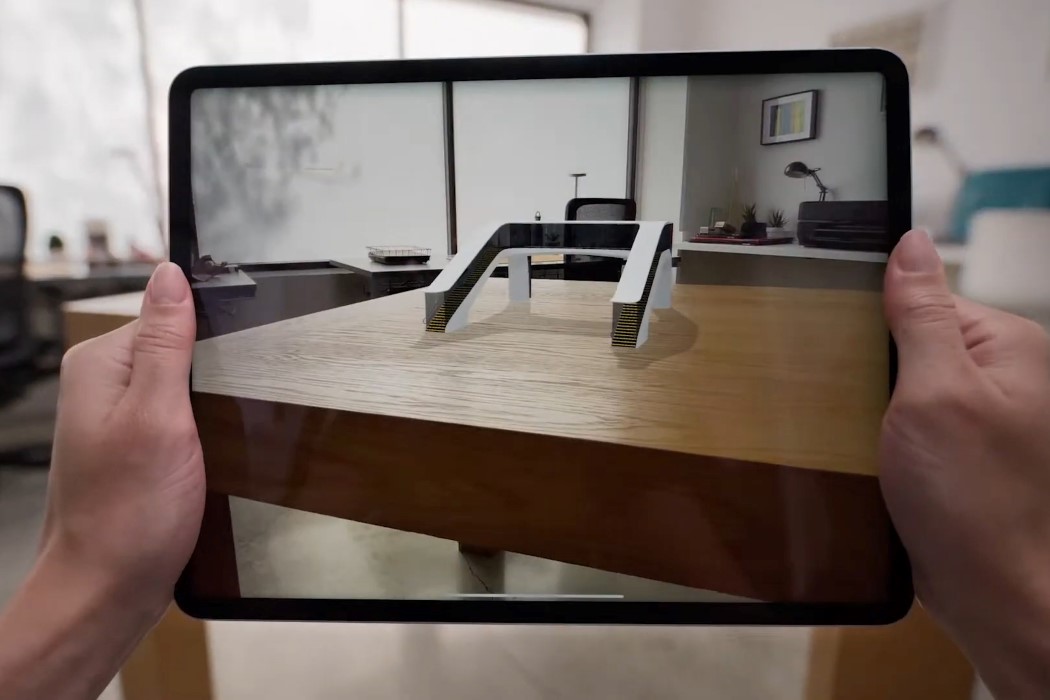
Things just get better on the AR front with the iPad. The M1 chip allows the sensor and the AR algorithms to really get to work, crunching numbers, and realistically rendering out your virtual files in the 3D space around you. A rather cool sneak preview below also shows how Procreate’s v5.2 runs on the iPad, and users will be delighted to know that it now supports sketching directly on 3D models!
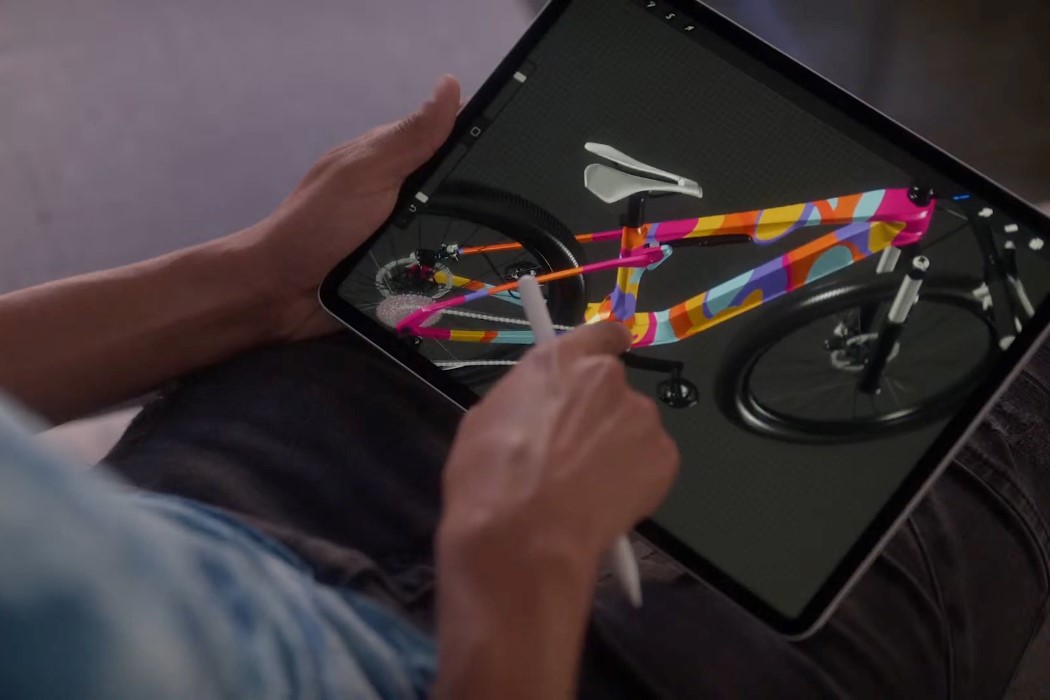
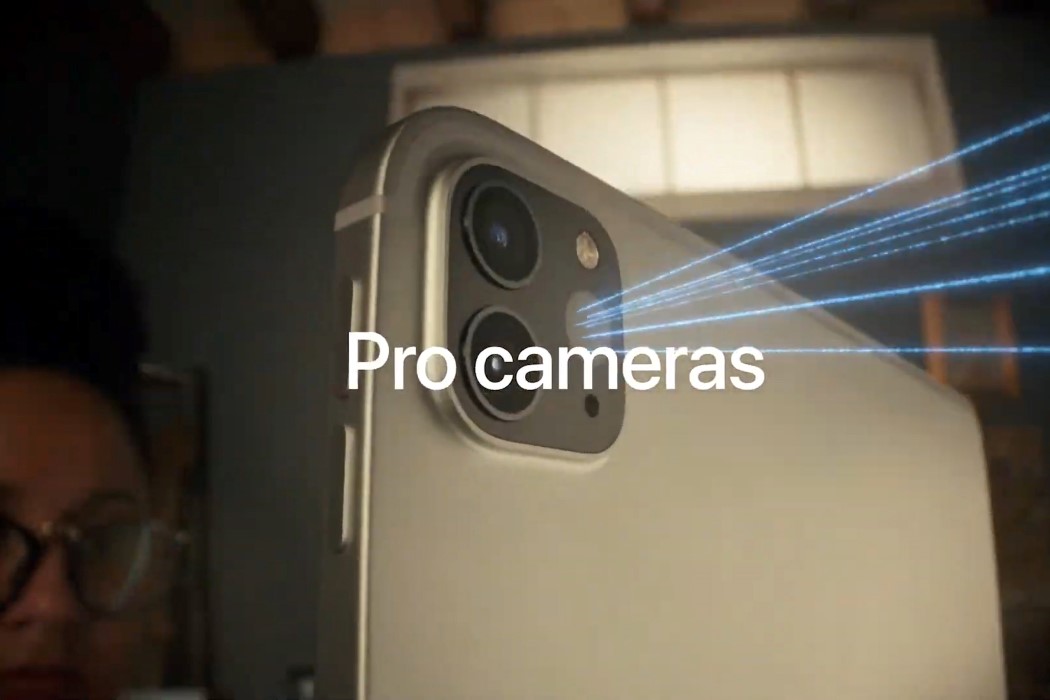
The iPad Pro still retains its last year’s camera module on the back, albeit with better computational photography thanks to the M1 chip. The camera on the front, however, sports an ultrawide-angle lens that captures more within the frame. Apple even showcased Center Stage, their new feature that uses machine learning to have that ultrawide camera zoom in on subjects and follow them around as they move, panning the camera while the iPad stays stationary.
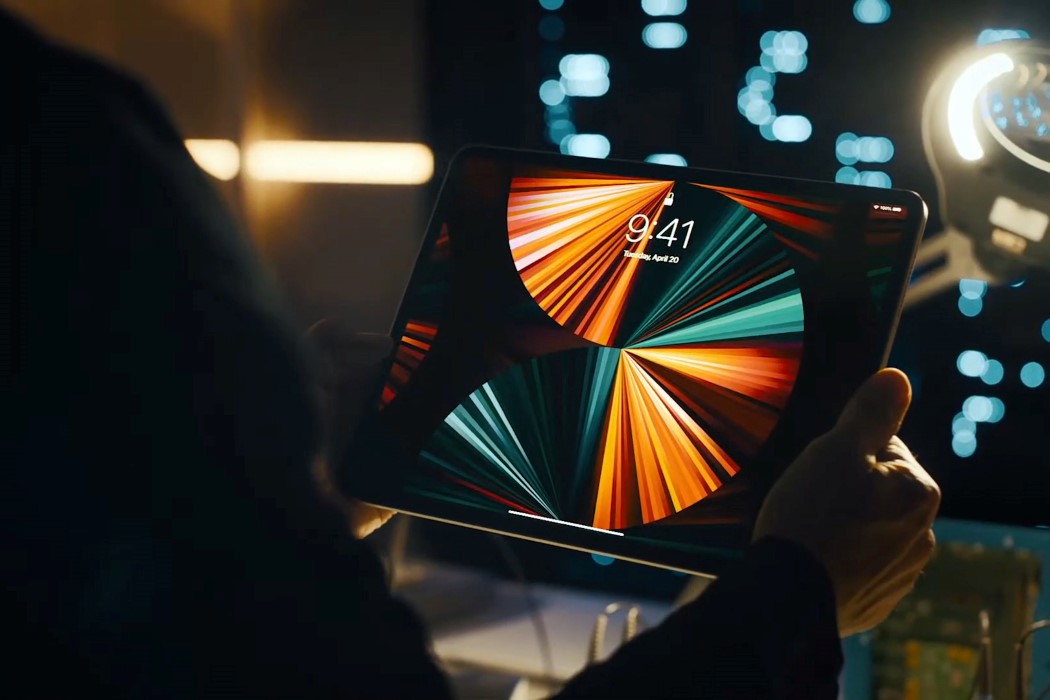
The iPad’s biggest competition is itself. It’s now reached a stage where it’s difficult to think of what Apple could do next, apart from refining and making its internals better… however, this M1 is a monumental leap for the tablet and really leaves the other tablet manufacturers biting the dust. The iPad Pro ships in two sizes, the 11-inch, and the 12.9-inch. It starts at $799, is available in silver and space-grey (no colors for this one), and with that powerful internal architecture, 5G capabilities, up to 2 Terabytes of storage, 16 Gb RAM, an onboard LiDAR sensor, and support for the Apple Pencil, the 2021 iPad Pro really leaves little for skeptics to grumble over. All hail the most powerful tablet ever built!
Designer: Apple
